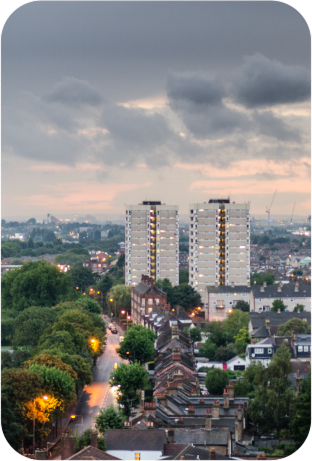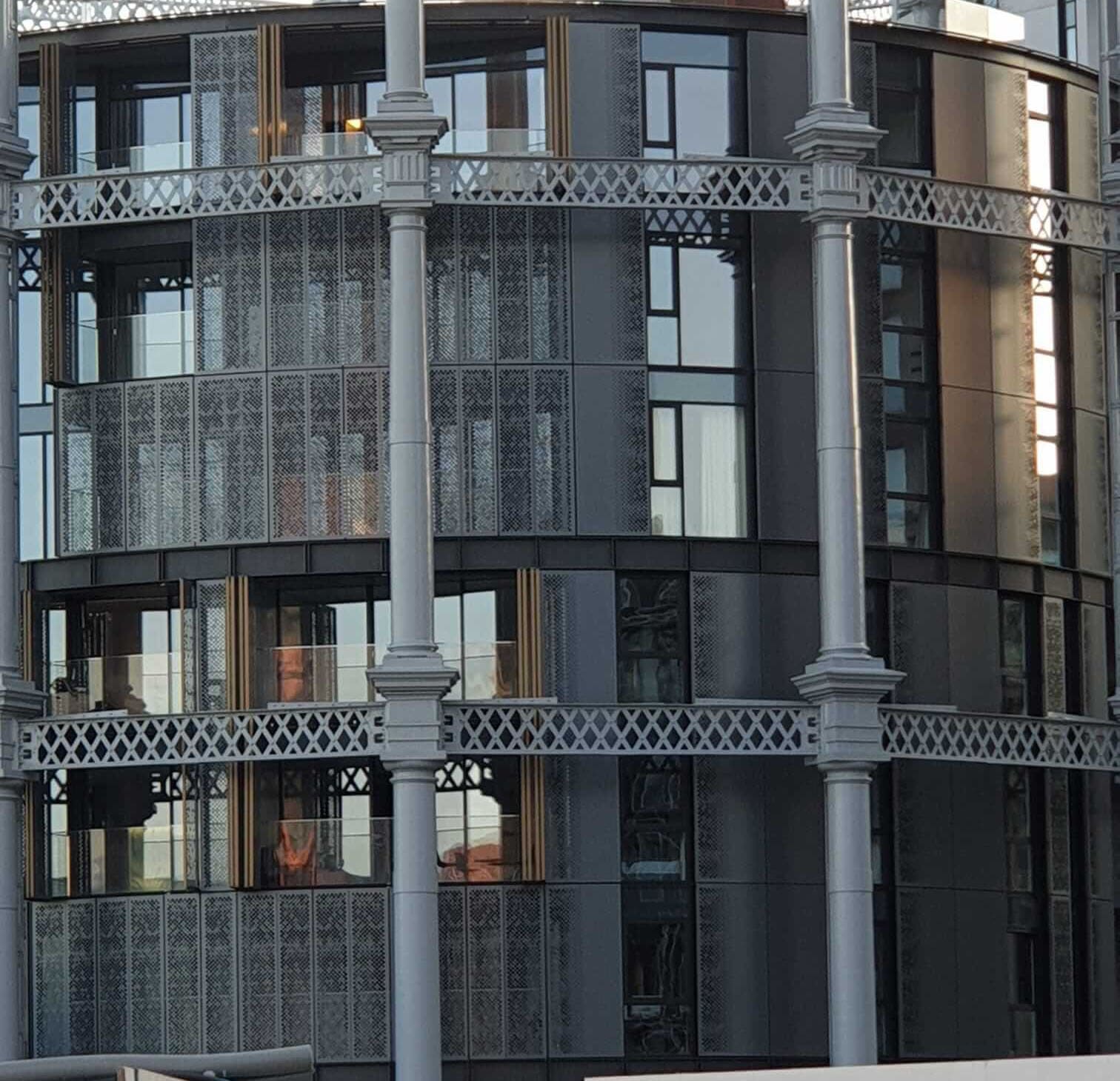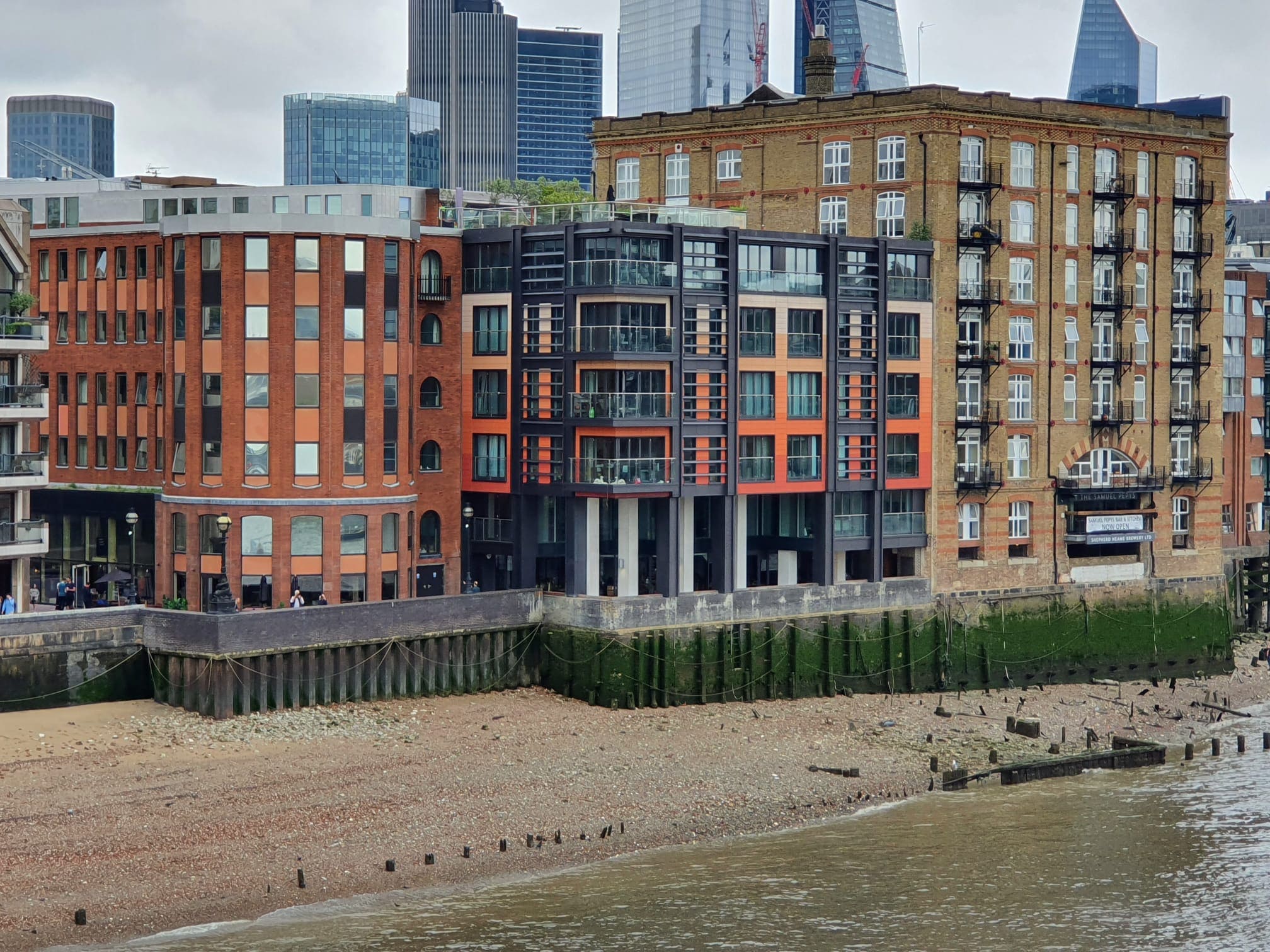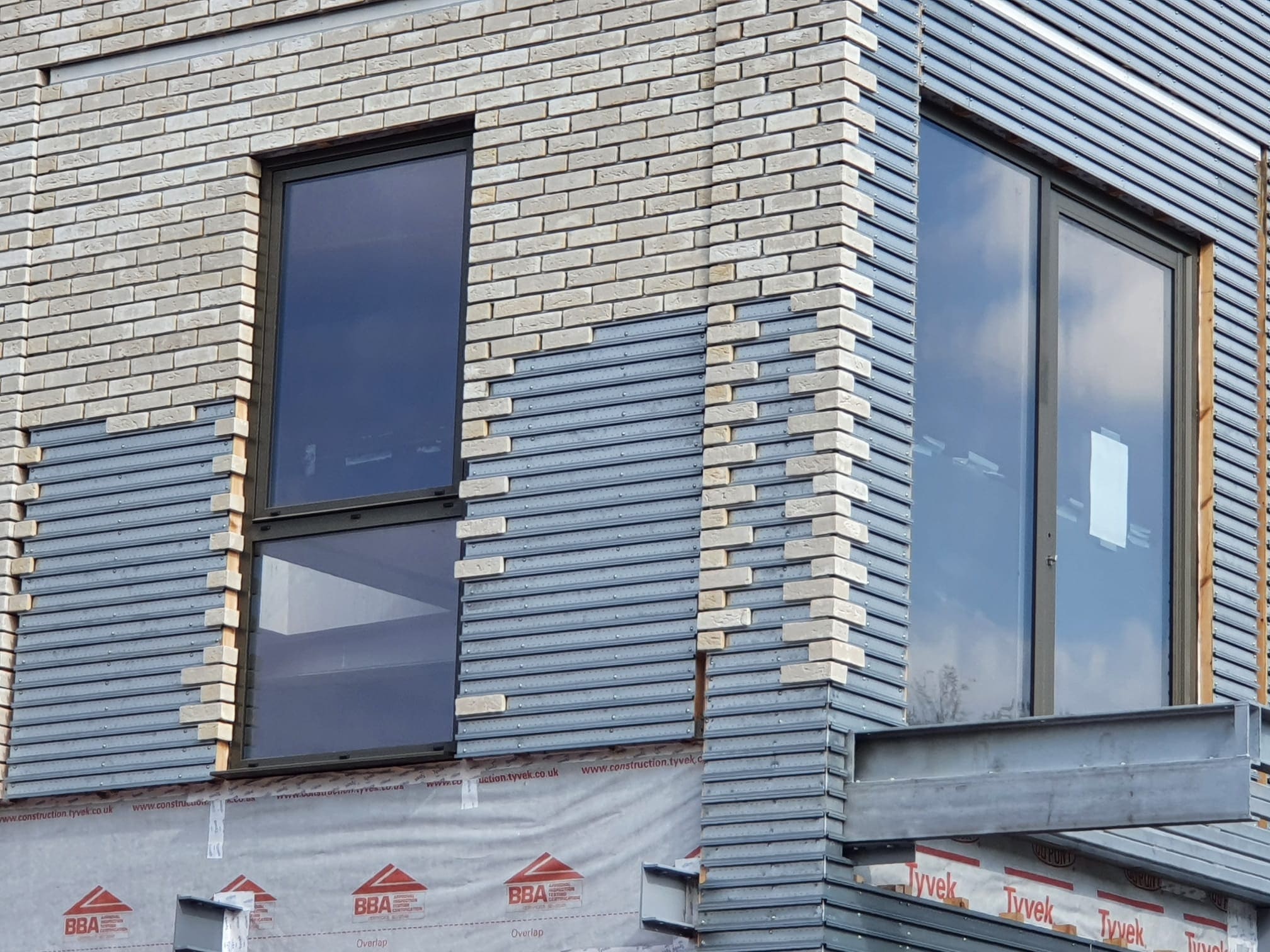 789
789
 0
0
Can You Still Access Energy Efficiency Funding?
If you’re a landlord looking to improve your rental properties, you may be wondering whether local authority funding is still available following the discontinuation of the Green Homes Grant. The good news is that there are still ways to boost your property’s energy efficiency—and some won’t break the bank. Recent research from Rightmove highlights several cost-effective solutions to improve your home’s Energy Performance Certificate (EPC) rating. This is important because the Government has set a target for all homes to have at least a C rating by 2035, and all rented homes must meet this standard by 2030. But there’s a long way to go. Rightmove reports that more than half of homes in England and Wales currently have a D, E, F, or G EPC rating—which simply isn’t good enough. Luckily, small improvements now could save you and your tenants money while helping you meet the required standards.
Five Low-Cost Ways to Improve Your EPC Rating
Rightmove has identified five simple and budget-friendly ways to improve your property’s energy efficiency. These quick fixes could make a big difference:
- Lag your hot water cylinder – This prevents heat loss and can be done for as little as £23.
- Draught-proof any single-glazed windows – Sealing gaps can reduce heat loss and costs around £100.
- Increase or upgrade loft insulation – Proper insulation is key to energy efficiency, with an average cost of £223.
- Upgrade your heating controls – Smart thermostats and heating controls can improve efficiency for around £400.
- Switch to low-cost LED lighting – An easy and affordable swap, costing as little as £38.
By making these changes now, you’re not only saving money on energy bills but also making your property more attractive to tenants looking for energy-efficient homes.
The Government’s Push for Better Energy Efficiency
The UK Government is serious about improving energy efficiency, particularly in rental properties. The minimum EPC rating for rented homes will be raised to a C by 2030, meaning landlords who fail to upgrade their properties risk being unable to let them out legally. The financial benefits of improving your EPC rating go beyond compliance. Tenants are increasingly prioritizing energy-efficient homes to reduce utility costs and lower their carbon footprint. A property with a higher EPC rating is also more attractive to buyers and investors, should you decide to sell in the future.
The End of Halogen and Fluorescent Bulbs
While there are cost-effective solutions to improving energy efficiency, there’s also some bad news for landlords. The Government has announced that it is phasing out halogen bulbs, which were once promoted as an energy-efficient alternative to traditional incandescent lamps. From September 2021, there will be a ban on the sale of halogen light bulbs, and fluorescent lights will be removed from sale in September 2023. In addition, lighting fixtures with non-replaceable bulbs will also be phased out later this year to prevent unnecessary landfill waste.
What This Means for Landlords
For landlords, this means that any properties with halogen light fittings—especially kitchen spotlights—will need to be upgraded. This could increase costs, particularly if you need to replace entire fittings rather than just the bulbs. The best solution? Switch to LED lighting as soon as possible. LEDs are:
- More energy efficient than both halogen and fluorescent bulbs.
- Longer lasting, reducing the need for frequent replacements.
- Cost-effective, helping offset the additional expenses associated with changing light fixtures.
Time to Take Action
If you haven’t yet started upgrading your rental property’s energy efficiency, now is the time to act before government deadlines approach. Simple changes today can save you money in the long run while ensuring you remain compliant with future regulations. With energy efficiency becoming a key factor in property valuations, tenant preferences, and legal requirements, landlords who stay ahead of the curve will benefit financially and environmentally. So, whether it’s insulating your loft, upgrading your heating controls, or switching to LED lighting, every step counts toward a greener, more cost-effective rental property.





Meet our Expert Property Commentators



























